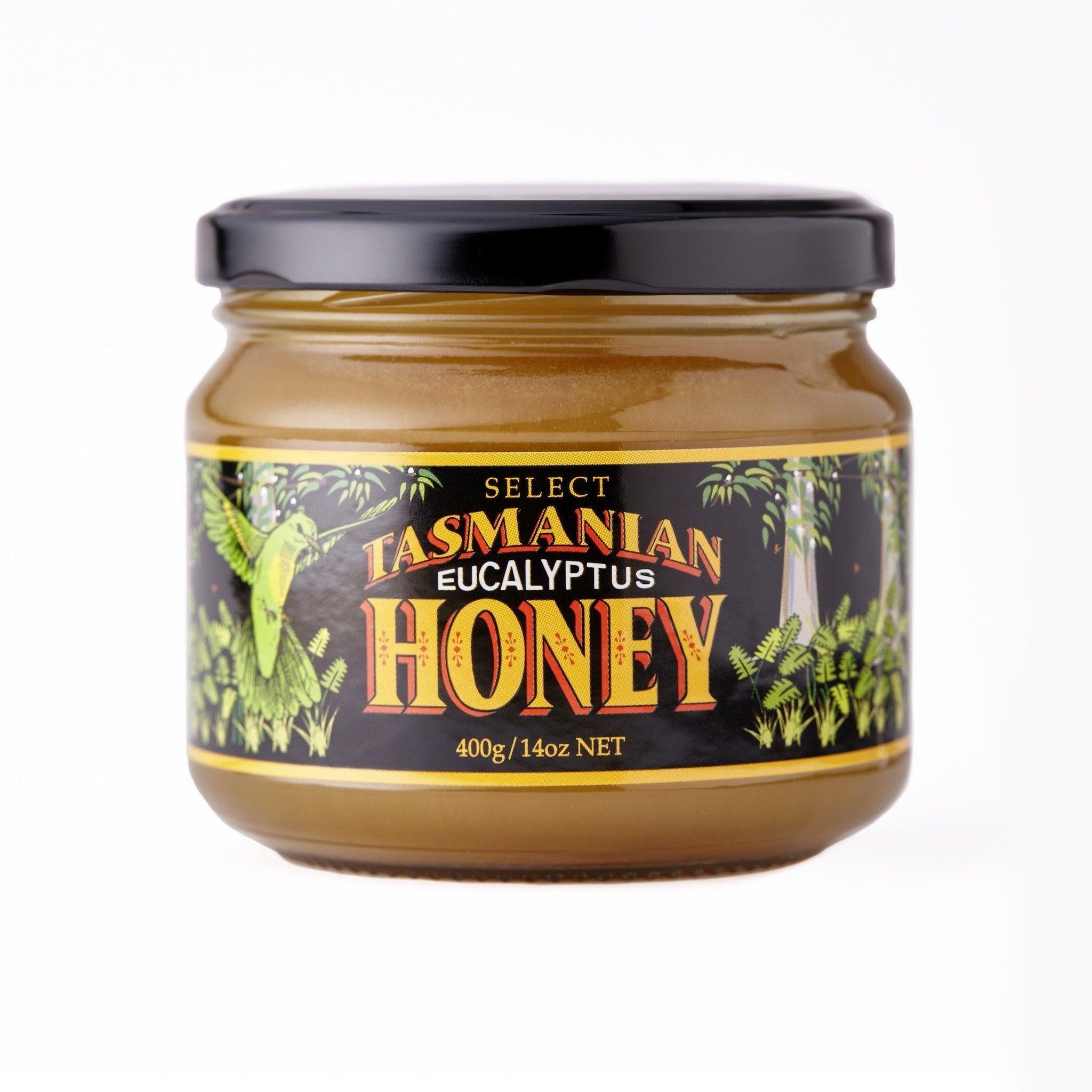Your shopping bag is empty
Stroke in the Eye
- Posted by: Enquiry Admin
- Comments: 0
- Categories: Health
- Tags:
- Stroke in the Eye
Exploring Stroke in the Eye: Causes, Symptoms, and Treatment Options
Introduction
Stroke is a medical emergency that occurs when blood flow to the brain is not consistent. It also leads to the death of brain cells. While strokes commonly affect the brain, they can also occur in other parts of the body, including the eye. Referred to as a "stroke in the eye" or retinal artery occlusion, this condition can cause sudden vision loss. They also and requires immediate medical attention. In this article, we will delve into the causes, symptoms, and treatment options for stroke in the eye. Additionally, we will explore the role of fitness, whole foods, weight loss, hydration, eating green, and nutrition. All this will be supporting the overall eye health and reducing the risk of ocular strokes.
Understanding Stroke in the Eye
Stroke in the eye occurs when there is a blockage or reduced blood flow in the retinal arteries. In fact, these arteries supply blood to the retina. This blockage can occur when there is a blood clot, atherosclerosis (narrowing of the arteries due to plaque buildup), or other factors. When the blood flow to the retina is compromised, it can result in sudden, painless vision loss in one eye.
Causes and Risk Factors of Stroke in the Eye
Several factors can contribute to the development of stroke in the eye. These include:
- Atherosclerosis: The buildup of fatty deposits in the arteries can lead to the narrowing and blockage of blood vessels, increasing the risk of stroke in the eye.
- Cardiovascular Conditions: People with a history of cardiovascular diseases such as high blood pressure, heart disease, and diabetes have a higher risk of developing stroke in the eye.
- Blood Clotting Disorders: Certain medical conditions or medications that affect blood clotting can increase the risk of clots forming in the retinal arteries.
- Age and Gender: Older adults, particularly those over the age of 60, are more susceptible to stroke in the eye. Additionally, men tend to have a higher risk compared to women.
Recognizing Symptoms
The most noticeable symptom of stroke in the eye is sudden vision loss in one eye, which may be like a curtain or veil obstructing vision. Other symptoms may include:
- Blurred or distorted vision
- Partial or complete loss of peripheral vision
- Seeing flashing lights or floaters
It is crucial to seek immediate medical attention if you experience any sudden changes in vision, as prompt treatment can potentially restore blood flow and prevent further damage to the retina.
Treatment Options
When it comes to treating stroke in the eye, early intervention is key. The primary goal is to restore blood flow to the retina and prevent further damage. Treatment options may include:
- Medications: In certain cases, medications such as clot-dissolving drugs or antiplatelet agents may be administered to help dissolve blood clots and restore blood flow.
- Laser Therapy: Laser treatment can be used to open blocked retinal arteries and improve blood flow to the affected area.
- Surgical Interventions: In more severe cases or when other treatments are ineffective, surgical procedures like a vitrectomy or retinal revascularization may be considered.
Promoting Eye Health and Reducing the Risk of Stroke in the Eye
While some risk factors for stroke in the eye cannot be changed, adopting a healthy lifestyle can play a significant role in reducing the overall risk and promoting eye health. Here are some strategies that can be incorporated into daily life:
- Fitness and Regular Eye Exams: Engaging in regular physical activity not only supports cardiovascular health but also promotes overall well-being, including eye health. Additionally, scheduling routine eye exams with an ophthalmologist can help detect early signs of ocular conditions.
- Whole Foods and Balanced Nutrition: A diet rich in whole foods, such as fruits, vegetables, whole grains, lean proteins, and healthy fats, provides essential nutrients for eye health. Nutrients like vitamins C and E, omega-3 fatty acids, lutein, and zeaxanthin have been associated with a reduced risk of age-related eye conditions.
- Weight Loss and Blood Pressure Control: Maintaining a healthy weight and managing blood pressure levels are essential for reducing the risk of stroke in the eye. Incorporating regular exercise, a balanced diet, and following medical advice can help achieve these goals.
- Hydration and Eye Care: Staying properly hydrated is crucial for overall health, including eye health. Drinking an adequate amount of water throughout the day helps maintain proper eye lubrication and reduces the risk of dry eyes.
- Eating Green and Antioxidant-Rich Foods: Antioxidants found in green leafy vegetables, berries, and other colorful fruits and vegetables help protect the eyes from oxidative stress and age-related damage. Incorporating these foods into the diet can contribute to maintaining healthy eyes.
Conclusion
Stroke in the eye, also known as retinal artery occlusion, is a serious condition that requires immediate medical attention. Prompt diagnosis and treatment can significantly impact the outcome and potentially restore vision. Understanding the causes, recognizing the symptoms, and seeking early intervention are crucial steps in managing this condition. By focusing on fitness, whole foods, weight loss, hydration, eating green, and proper nutrition, individuals can support overall eye health and reduce the risk of ocular strokes. Regular eye exams and adopting a healthy lifestyle are essential components of maintaining good eye health. Remember to consult with healthcare professionals for personalized advice and guidance tailored to your specific medical condition and needs.
Sources:
- "Retinal Artery Occlusion" - American Academy of Ophthalmology. Link
- "Stroke (Cerebrovascular Accident)" - Johns Hopkins Medicine. Link
- "Maintaining Healthy Vision" - National Eye Institute. Link
- "Nutrition and Eye Health" - American Optometric Association. Link
- "How to Eat Healthy" - ChooseMyPlate, U.S. Department of Agriculture. Link
- "The Importance of Hydration for Eye Health" - Healthline. Link
- "Healthy Eating Plate" - Harvard T.H. Chan School of Public Health. Link
Please note that the information provided in this article is for informational purposes only and should not replace professional medical advice.






